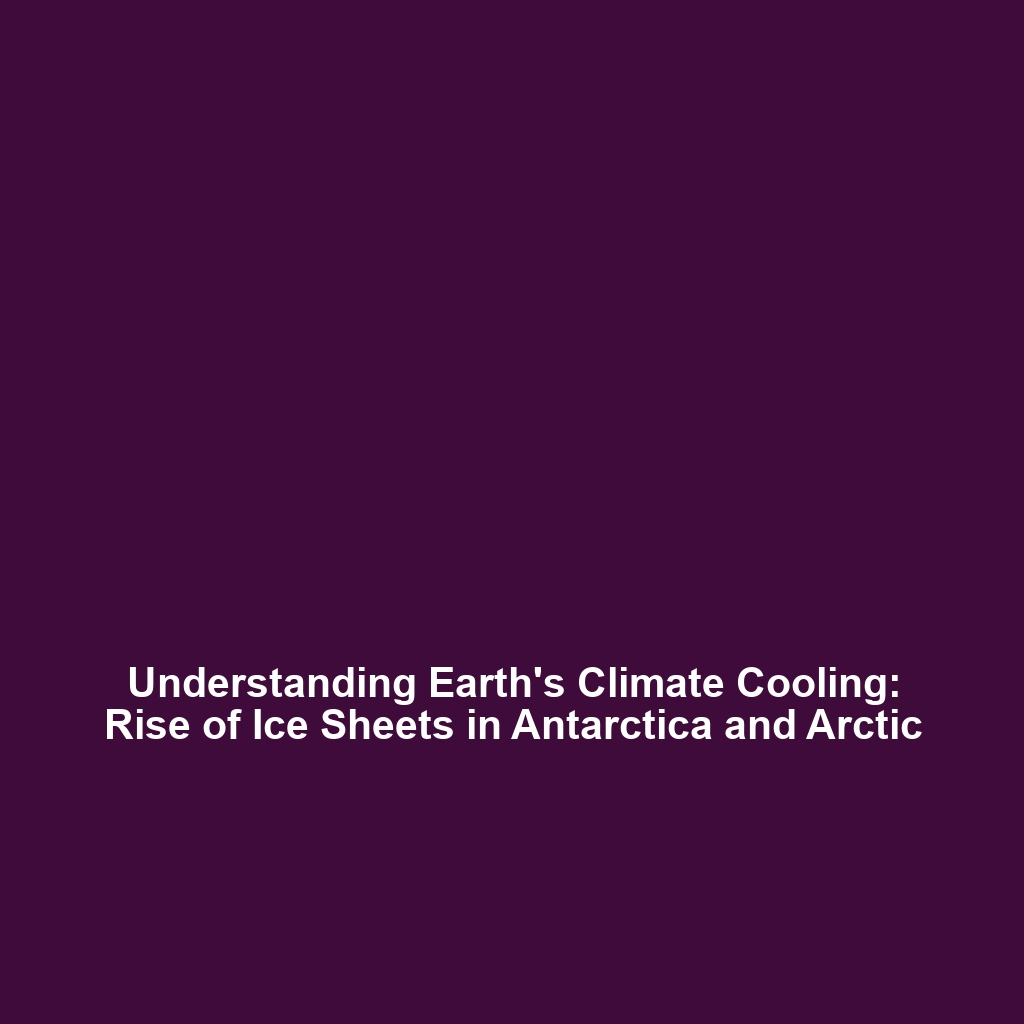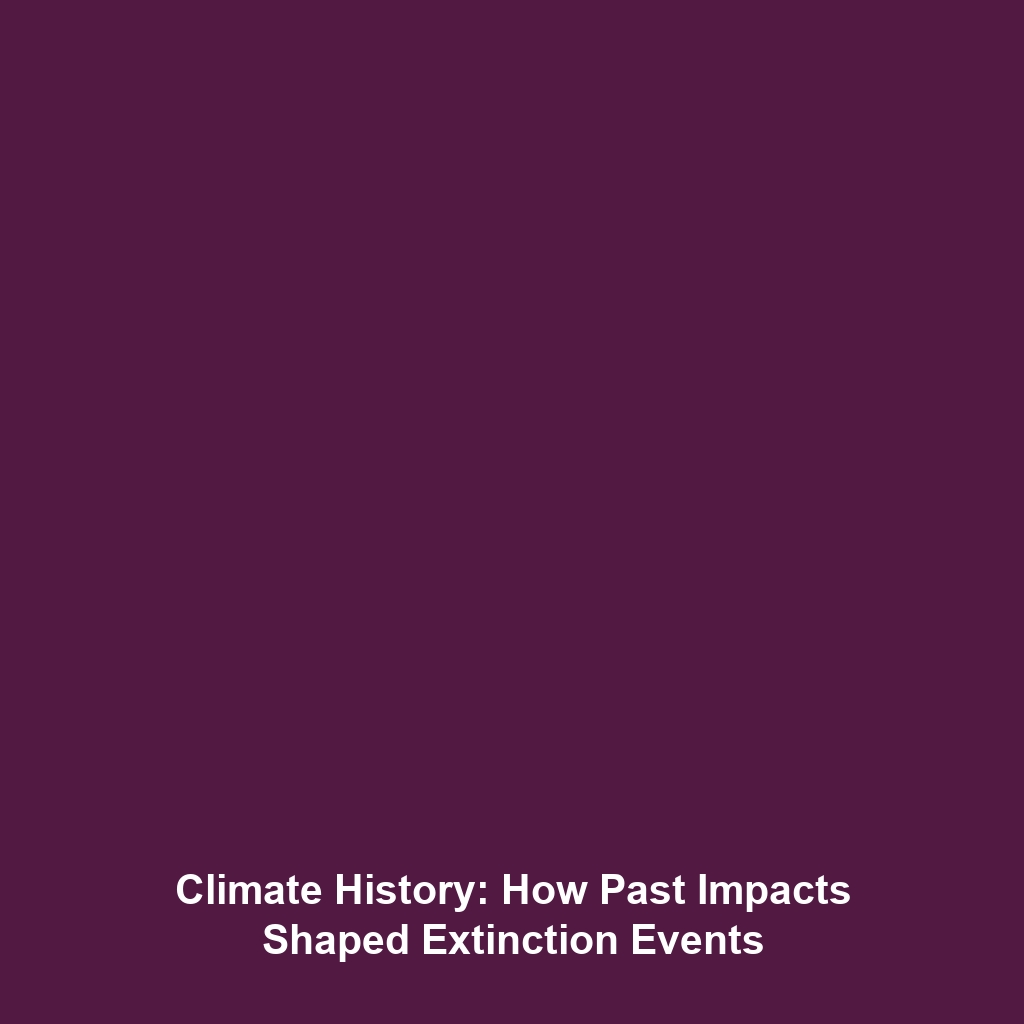The Chicxulub Impact: A Turning Point in Climate History
The Chicxulub impact, occurring approximately 66 million years ago, is one of the most significant events in Earth’s climate history. This catastrophic collision, attributed to the extinction of the dinosaurs, reshaped biodiversity and climate dynamics on the planet. Understanding the implications of this event not only sheds light on the processes that led to the extinction but also provides insights into cataclysmic environmental changes that can inform current climate challenges.
Key Concepts Behind the Chicxulub Impact
The Impact Event
The Chicxulub impact refers to a massive asteroid strike on the Yucatán Peninsula in Mexico. This event released energy equivalent to billions of atomic bombs, creating a crater over 150 kilometers wide. The immediate consequences included fires, tsunamis, and dramatic climate shifts.
Extinction of the Dinosaurs
This event is closely linked to the Cretaceous-Paleogene extinction event, leading to the disappearance of approximately 75% of Earth’s species, including the non-avian dinosaurs. The aftermath of the impact resulted in a “nuclear winter” effect, drastically reducing sunlight and altering ecosystems.
Applications and Real-World Uses of the Chicxulub Impact Insights
Research into the Chicxulub impact has profound implications for understanding present-day climate change and extinction risks. Here are some practical applications:
- Improving Climate Models: Insights from the impact can enhance predictive models for potential climate scenarios resulting from large-scale environmental changes.
- Biodiversity Conservation: By studying past extinctions, scientists can identify patterns that may predict future biodiversity crises.
- Disaster Preparedness: Understanding the effects of impact events can provide guidelines for mitigating risks associated with asteroid impacts.
Current Challenges in Studying the Chicxulub Impact
Despite the wealth of information available, researchers face several challenges while studying the Chicxulub impact:
- Lack of physical evidence: Some aspects of the event remain speculative due to incomplete geological records.
- Modeling uncertainties: Predictive models can vary widely depending on environmental factors and assumptions used.
- Interdisciplinary collaboration: Effective research requires collaboration among various scientific fields, which can be difficult to coordinate.
Future Research and Innovations
As interest in climate history continues to grow, several innovative research avenues are being explored:
- Advanced Geochronology: New techniques in dating sediment layers may reveal more about the impact’s aftermath.
- Simulations: Enhanced computer simulations aim to replicate the environmental conditions post-impact to predict contemporary climate scenarios.
- Space Monitoring Programs: Initiatives to track near-Earth objects may benefit from lessons learned about planetary defense from historical events like Chicxulub.
Conclusion
The Chicxulub impact remains a pivotal moment in climate history, profoundly influencing Earth’s ecosystems and paving the way for future research. Understanding its ramifications not only provides a clearer picture of our planet’s past but also informs current environmental crises and extinction challenges. For more insights into climate history and how past events shape our future understanding, explore our articles on past extinction events and climate change predictions.

